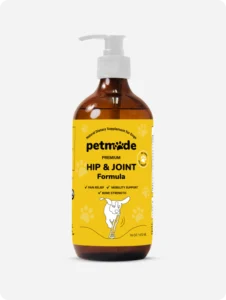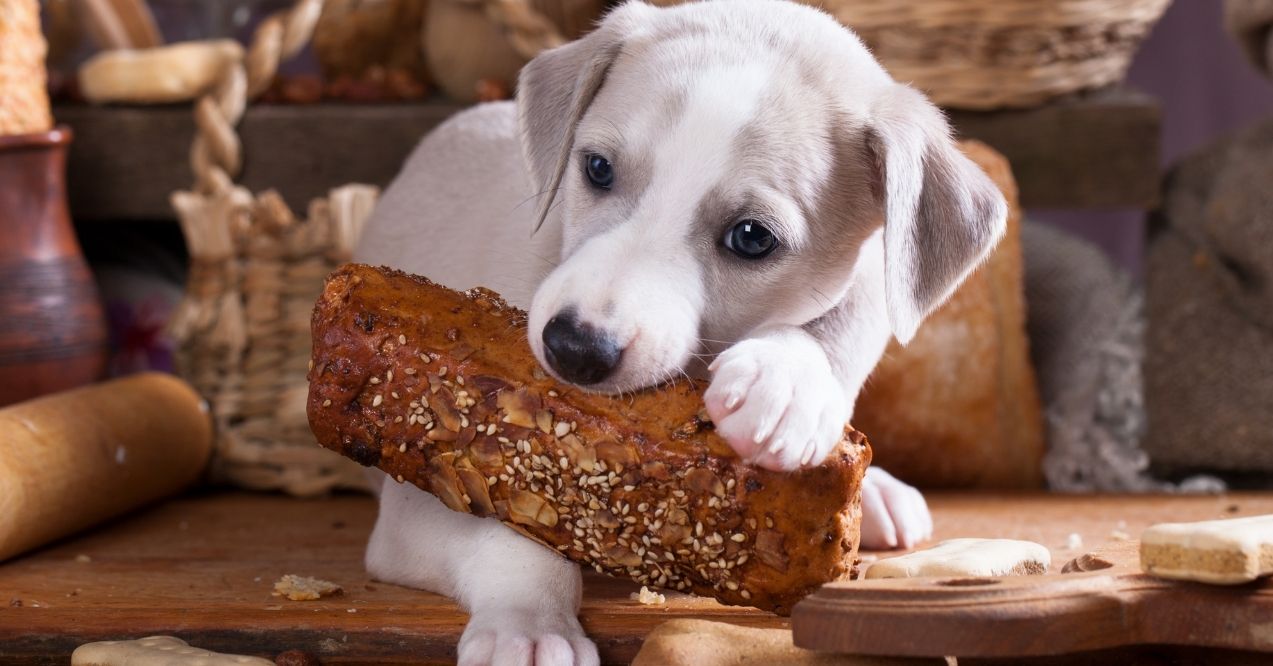Why Are My Dog’s Joints Cracking?
Dogs joints cracking can be a concerning sound for many pet owners. As our canine companions age or engage in vigorous physical activity, they may experience various joint-related issues that manifest as audible cracks or pops. These noises, while often harmless, can sometimes indicate underlying problems that deserve attention.
Understanding the causes behind joint cracking in dogs is crucial for maintaining their overall well-being and mobility. Therefore, this blog post will explore the different types of cracking joint noises, potential reasons behind them, and practical non-surgical solutions to help your dog stay active and comfortable.

Types of Cracking Joint Noises
Dogs joints cracking can produce various sounds, each indicating different potential issues. The most common noises include popping, clicking, snapping, and grating.
- Popping – Often caused by gas bubbles in the joint fluid bursting. This is typically harmless but can occasionally indicate joint instability.
- Clicking – This sound can result from ligaments or tendons moving over bones or other tissues. It might be a sign of ligament or tendon issues that could require attention.
- Snapping – Usually occurs when a tendon shifts position, often related to repetitive motion or sudden movements.
- Grating – This sound, also known as crepitus, is more concerning as it often suggests cartilage wear or joint inflammation. It’s a sign that the joint surfaces are not gliding smoothly.
Understanding these noises helps in identifying the causes of dog joints popping and cracking, allowing for better support of your pet’s joint health.
Why Do My Dog’s Joints Crack?
Is it normal for my dog’s joints to crack? In short, joint cracking can be a normal part of a dog’s movements, often not indicating a severe problem. As dogs move, their joints experience various forces and pressures, causing sounds that can be linked to everyday activities. Nevertheless, understanding why these noises occur can help in assessing whether there is a need for concern or if the sounds are just a normal part of your dog’s joint mechanics.
Joint Inflammation
Joint inflammation can be a significant cause of clicking in dogs knee. This condition results from the wear and tear of joint cartilage or an abnormal immune response attacking the joints. Symptoms include stiffness, limping, and difficulty in movement.
As inflammation progresses, affected joints may produce cracking and grating sounds due to reduced cartilage cushioning, making movement less smooth. Over time, chronic inflammation can further damage joint structures, increasing the frequency of these noises.
Recognizing the signs of joint pain in dogs early allows pet owners to take proactive steps in managing discomfort and preventing long-term joint damage.
Ligament and Tendon Issues
Ligament and tendon injuries are another common cause of joint noises in dogs. When ligaments or tendons are damaged or strained, they can produce clicking or popping sounds during movement. Signs of such issues include limping, swelling, and a reluctance to move.
These injuries can occur due to overuse, trauma, or sudden changes in direction, leading to instability in the joint and resulting noises. In more severe cases, joint pain or instability can make standing up difficult for dogs. If your dog is struggling to rise, it may be a sign of a more serious mobility issue.
Abnormal Hip Joint Development
Abnormal hip joint development, often seen in certain dog breeds, can lead to joint cracking sounds. This condition arises when the hip joint doesn’t develop properly, causing the joint to become loose and unstable. Symptoms include limping, difficulty rising, and decreased activity levels. Breeds commonly affected by this issue include German Shepherds, Labrador Retrievers, and Golden Retrievers. The abnormal joint structure can lead to popping and grinding noises as the joint moves incorrectly within its socket.
Slipping Kneecap
A slipping kneecap, or knee cap dislocation, occurs when the kneecap moves out of its normal position. This condition can cause clicking in dogs’ knees and is often seen in small and toy breeds. Symptoms include intermittent lameness, skipping steps, and an abnormal gait. The movement of the kneecap out of place creates a clicking or popping sound as it slips in and out of the groove where it normally resides.
Non-Surgical Joint Support
Understanding why do my dog’s joints crack can help in finding effective non-surgical solutions to support their joint health. Managing joint discomfort requires a combination of lifestyle adjustments and targeted care to help dogs with joint pain. Here are key non-surgical options you may consider:
- Weight management – Maintaining a healthy weight reduces stress on the joints, alleviating discomfort and preventing further damage.
- Exercise modifications – Low-impact exercises such as swimming and gentle walks can keep your dog active without putting excessive strain on their joints.
- Physical therapy options – Hydrotherapy and massage can enhance mobility and reduce joint stress.
- Nutritional supplements – Glucosamine, chondroitin, and omega-3 fatty acids can support joint health by promoting cartilage repair and reducing pro-inflamatory markers.
- Medications – NSAIDs can provide pain relief, making movement easier for your dog.
While these non-surgical options can be highly effective, surgery might be necessary for severe cases. Surgical interventions can realign joints, repair ligaments, or remove damaged tissue, offering a more permanent solution when non-surgical options are insufficient.
Preventing Joint Cracking
Prevention is key to ensuring your dog leads a healthy and happy life. A balanced diet and regular exercise are crucial in maintaining optimal joint health. Providing your dog with nutrient-rich food or targeted supplements supports overall well-being and helps keep their weight in check, reducing stress on the joints.
Furthermore, incorporating regular, low-impact exercise like walking or swimming can strengthen muscles and promote joint flexibility, which helps prevent joint issues from developing. It’s important to start these preventative practices early, rather than waiting for symptoms like cracking joints to appear.
Joint cracking can indicate existing problems, and addressing it early can prevent more severe issues. Regular check-ups and monitoring your dog’s activity can catch signs of joint discomfort before they intensify. By prioritizing prevention, you can help your dog maintain strong, healthy joints and avoid the discomfort and complications associated with joint problems.
Conclusion
Dogs joints cracking can be concerning, but understanding the causes is key to managing joint health. While some cracking is normal, issues like ligament damage or inflammation may need attention. Non-surgical solutions such as weight management, low-impact exercises, and joint supplements can help relieve discomfort and support joint function. Prevention through a balanced diet and regular exercise is essential to keep your dog active and prevent more serious issues down the line. Addressing joint problems early ensures your dog stays comfortable and healthy.
Yes, it is often normal for dogs’ bones to crack when stretching due to joint movements and pressure changes. However, if accompanied by pain or limping, it could indicate an underlying issue that may need attention.
Dogs’ joints can crack like humans’ due to similar reasons, such as gas bubbles in joint fluid, ligament movement, or cartilage wear. Understanding these sounds can help determine if there’s a need for concern.
Joint cracking in puppies is often normal due to developing joints. However, persistent or painful noises may indicate underlying issues. Monitor your puppy’s behavior and consult a professional if you notice signs of discomfort or abnormal movement.
Advertisement. This site offers health, wellness, fitness and nutritional information and is designed for educational purposes only. You should not rely on this information as a substitute for, nor does it replace, professional medical advice, diagnosis, or treatment. If you have any concerns or questions about your health, you should always consult with a physician or other health-care professional. Do not disregard, avoid or delay obtaining medical or health related advice from your health-care professional because of something you may have read on this site. The use of any information provided on this site is solely at your own risk.



















